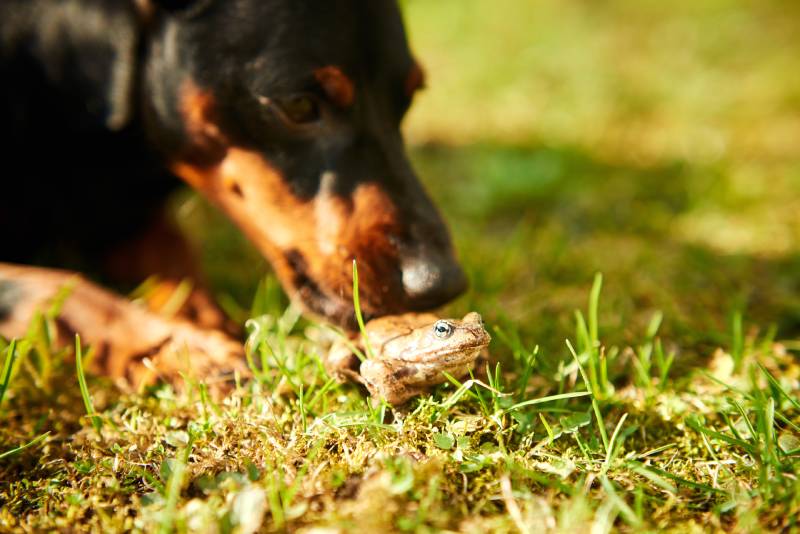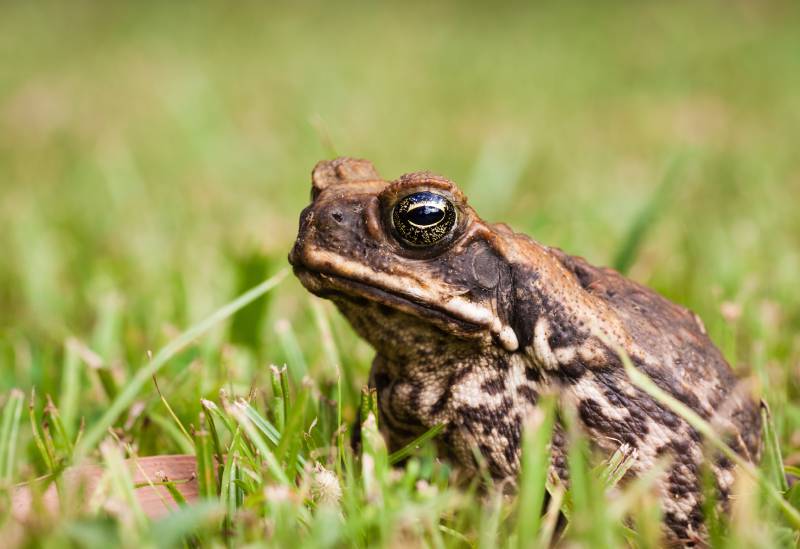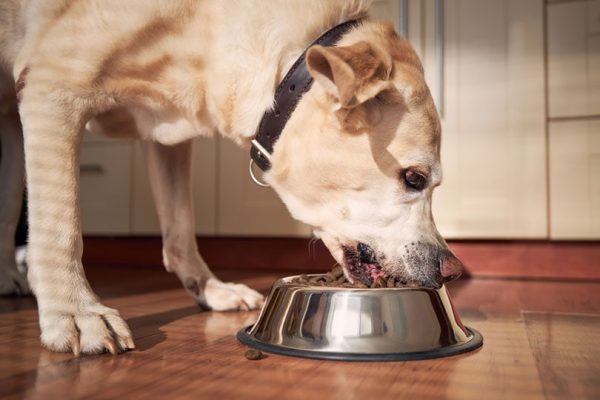In this article
Cats may be likelier to let their curiosity get them in precarious situations, but dogs are just as prone to getting into trouble. If your curious pup comes across a toad on their outdoor explorations, they may be tempted to lick or chew on the unfamiliar animal. Depending on where you live, you should be worried if your dog licks a toad.
In this article, we’ll talk about the two toad species that may be life-threatening to your dog if licked and where in the country they’re found. We’ll also list the signs your dog may display if they lick a toad and what to do if you notice them. Finally, we’ll cover how to keep your dog safe from close encounters of the toad kind!

What Happens When Your Dog Licks a Toad?
If your dog has licked a toad they can absorb these toxins through their mouth. They can also be impacted by drinking water in which a toad has lain or contains toad eggs.

Signs That Could Indicate Your Dog Licked a Toad
- Drooling
- Irritated gums and mouth
- Foaming at the mouth
- Vomiting
Most species of toads your dog will encounter only cause these mild signs and are not life-threatening to your dog. However, two species may cause poisoning that progresses quickly from these first mild signs into life-threatening complications: Cane Toads and Colorado River Toads.

What You Need to Know About the 2 Deadly Toads
Here are some specifics about the two potentially deadly species of toads your dog may come across.

2. Colorado River Toads
Colorado River toads are also giant and can grow up to 7.5 inches. They have shiny, wart-covered skin with oval glands behind their eyes and on the hind limbs. These toads are olive green to dark brown with light, cream-colored bellies.
The Colorado River toad also secretes toxins in high enough quantities to elicit a wide range of detrimental signs. Their range encompasses southwestern US states and northern Mexico.

Signs of Serious Toad Poisoning
The first signs that your dog has licked a deadly toad are similar to those of less toxic species: mouth irritation, drooling, foaming, and vomiting. You may also notice bright red gums.
- Convulsions
- Tremors
- Seizures
- Trouble breathing
- Trouble walking
- Increased body temperature
- Irregular heartbeat
- Vomiting
- Drooling
- Collapsing





















